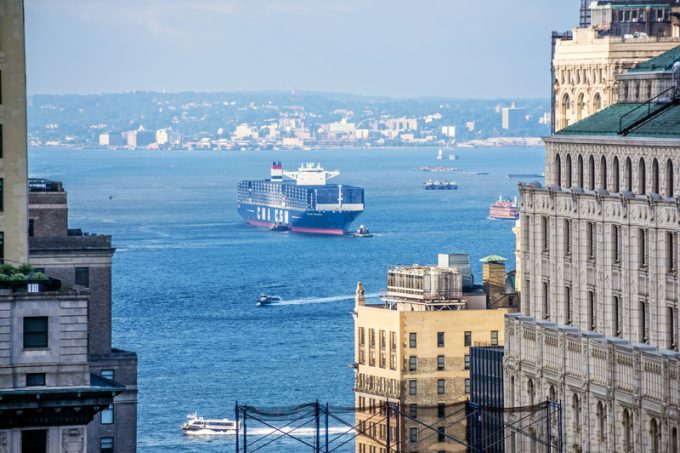Two killed after Houthi attacks resume on merchant ships
Insurance premiums look set to spike for the few carriers braving Red Sea transits, after ...

CMA CGM has promised to put customer experience at the forefront of its services as it looks to differentiate itself from other carriers.
Speaking on the sidelines of the TPM event in Long Beach last week, the carrier’s senior vice president of commercial and agency network, ...
CMA CGM South Korean staff strike over bonuses after bumper 2024 profit
MSC switches two more Asia-Europe port calls from congested Antwerp
Ports and supply chain operators weigh in on funding for CPB
Nightmare for Bangladeshi exporters as congestion and tariffs bite
Carriers introduce surcharges as congestion builds at African ports
Box ship overcapacity threat from carrier appetite for new tonnage
CMA airline returns two freighters, while ANA takeover of NCA looms
Tradelanes: Export boom in Indian sub-continent triggers rise in airfreight rates

Comment on this article
Oliver
March 13, 2018 at 7:39 amThis article interestingly describe the major problem of the container shipping industry. Every carrier create their own island solution, even if this sounds like innovation, it’s just a needed step into the evolution process of digitalisation. If you read in between the lines, you always find the same topic. No show, customer behavior, SCM and services.
The only glimmer of hope that I can see through my BCO eyes, is the fact that carrier are going to realize, there is a differentiation of customers like forwarders, BCO, SME and whatever you call them.
In a market of volatility, the constrainted pressure and meanness is cool mentality of some customer as well as the natural profit orientation of every forwarder, is still driving this market and participants. Only two handful of carrier, controlling the Asia-Europe trade and the industry is still talking about no-shows. Luckily this problem can be solved in near future with some solution such as 300-cubits with their TEU tokens. But the behavior behind this phenomenon of “no show” or so called profit killer No. 1, has to be stopped from the industry.
From my personal point of view, carrier should classify their customers not only by size and celebrity status but more on their performance figure, reliability and market intelligence. As a airfreight forwarder you need to have a FIATA certificate to handle cargo but seafreight can be offered from every bloody freshman. At the right timing, the freshman can even provide better rates with same service and this information will be spreaded around the globe in within seconds.
I’m looking forward to the improvement of CMA-CGM to create more value with higher levels of customer service.